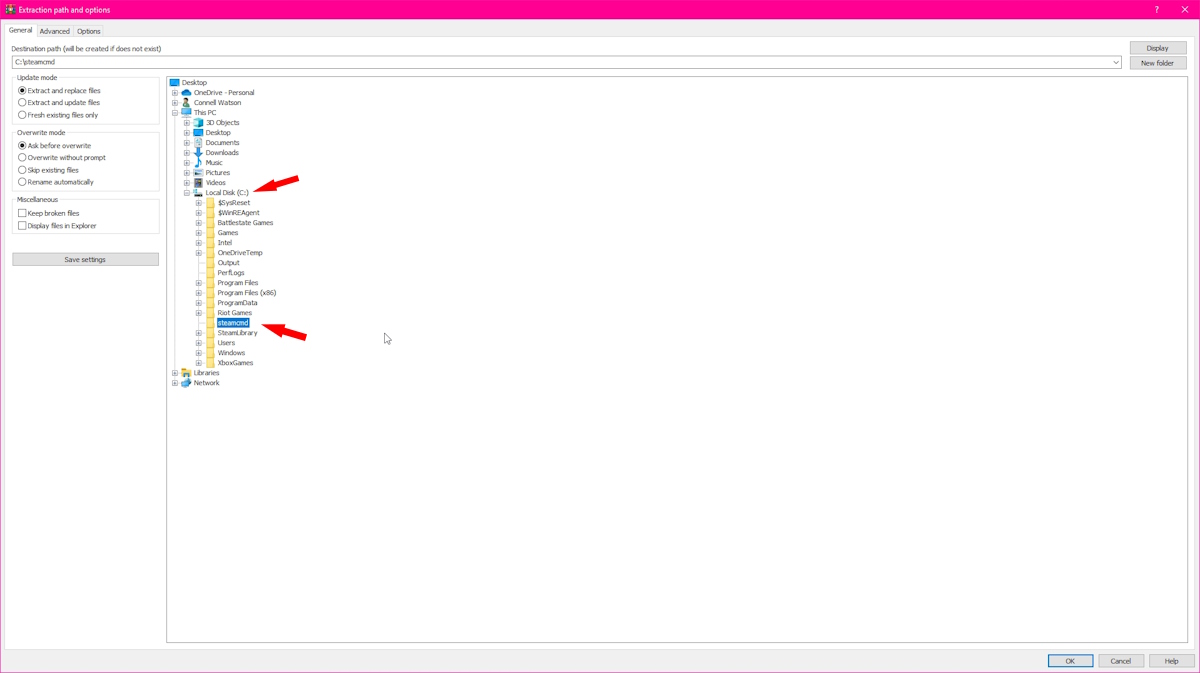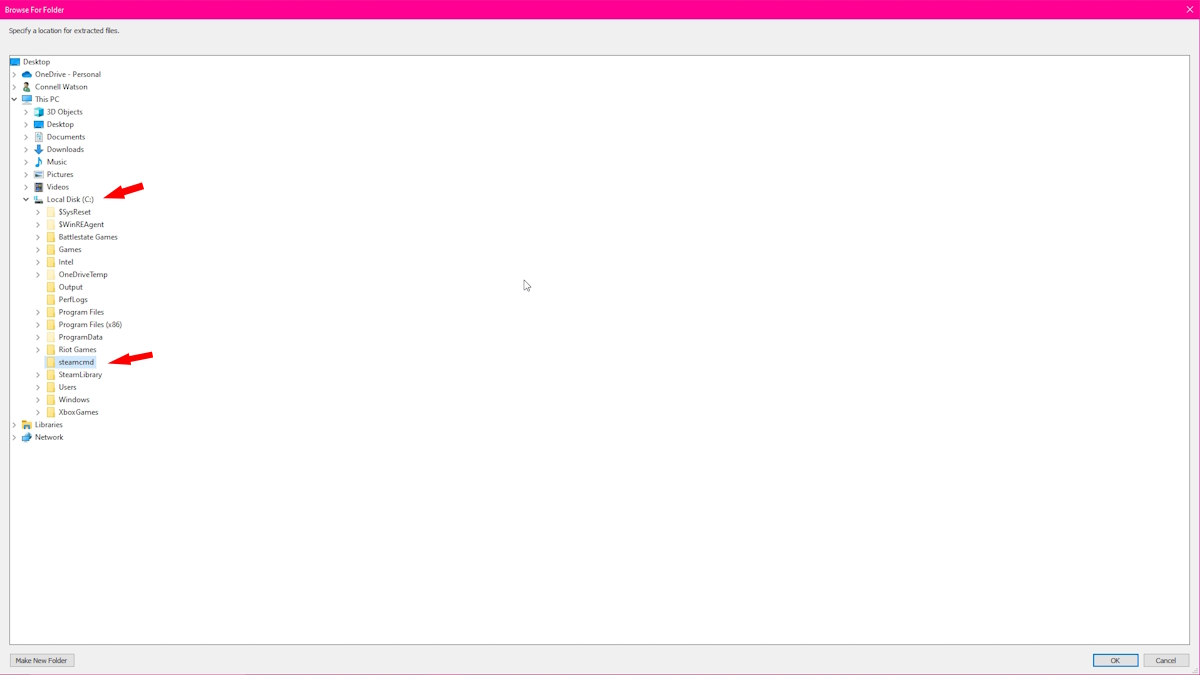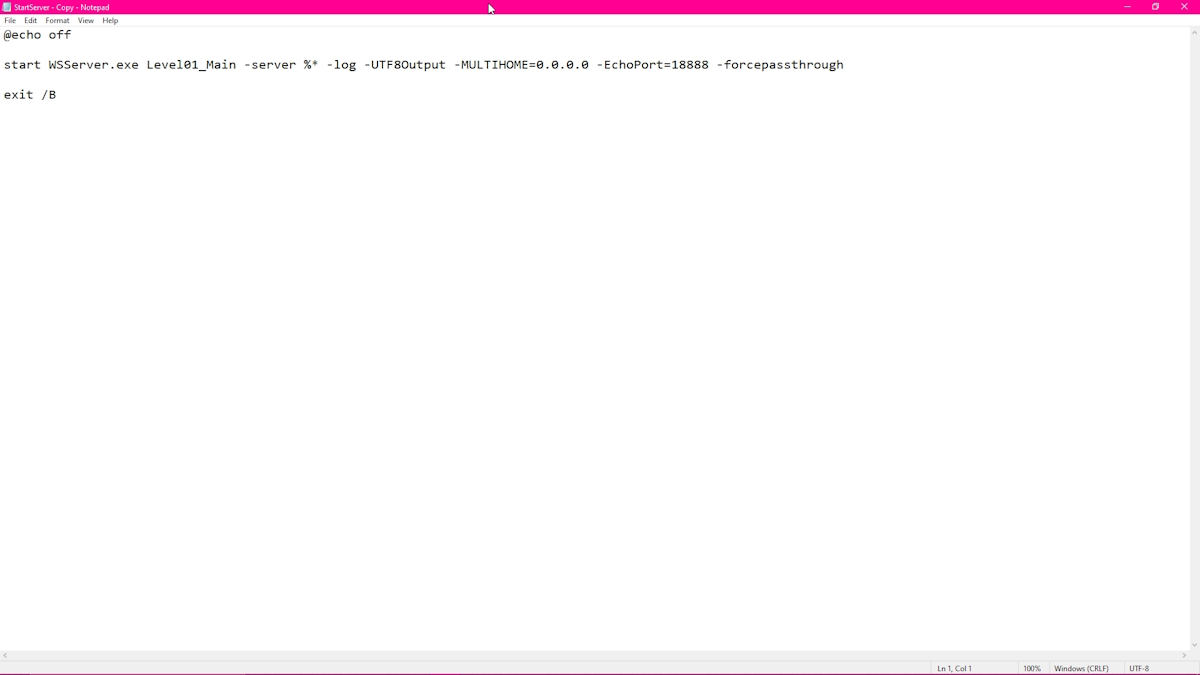Setting up a dedicated server for you and your friends in any game can be a bit of a daunting task, and Soulmask is quite a bit more complex than most. But worry not, for in this guide, I'll go through the process step by step.
How do you run a dedicated server in Soulmask?
Before I begin, I do have some quick forewords:
- This guide will cover the installation process for Windows only.
- You'll need some kind of extraction software for this process, such as WinRar or 7Zip, which are both available for free online.
- Running a Soulmask server can be quite resource-intensive, and at least 32GB of RAM is recommended for running with a few players.
- Later on, Port Forwarding will be discussed. However, due to the highly complex nature of this process and the massive variations depending on your router manufacturer, this cannot be covered in this guide. There will be a resource available for those who need to understand how to go about it.
- And as always, please be careful in regard to your personal and technological safety when hosting any server.
Alright, so in order to begin running a dedicated server, you need to make a folder in a particular place on whatever drive you plan on running the Soulmask server from. That place is the root of your drive, which is to say NOT somewhere like ProgramFiles(x86).
Step 1: Creating your server folder
To get there, open up Explorer (You can do this by searching 'This PC' in the Windows search bar) and simply open the drive on which you'd like to install the server. You can look at the images below for an example of this.
Once you're in your root, you're going to want to right click anywhere in the root, hover over 'New', and then select 'Folder'. Name this folder 'SteamCMD'.
Next you're going to go to this website, the Official Valve Developer wiki, and scroll down until you see "Download SteamCMD". Underneath the header you'll see "1. Download SteamCMD for Windows: [1]". That [1] will be a link, which will download the SteamCMD for you right away, in a .ZIP format. Navigate over to your Downloads folder and locate the .ZIP that downloaded.
Instructions for WinRAR Users
Right click the .ZIP file, and select 'Extract Files...'
Once presented with the screen below, expand the tree by hitting the little + to the left of the drive you created the SteamCMD folder in, and then select that folder. Once it's highlighted in blue, hit 'OK'.

Instructions for 7Zip Users
Right click on the file and hover over the 7Zip section of your context menu. Then hit 'Extract Files...' and you'll be presented with a popup. To the right side of the pop up you'll see a button marked with '...'; hitting this will allow you to see a visual interface similar to WinRAR. Hit the arrow to the left of the drive you made the folder on, and select the 'SteamCMD' folder you made. Then hit 'OK'.

Once all that's done, we'll move on to the next section, which is actually using the SteamCMD interface to set up a server.
Step 2: Using SteamCMD
This bit gets a bit scary looking, but I can assure you it's all quite simple. What you'll want to do is go over to your Windows search bar and then type in CMD. Right-click Command Prompt and select Run as Administrator. You'll be presented with the command prompt window, and you'll need to follow the commands as both shown and written below.
Something important to note is that your drive may have a different 'label' assigned to it. This tends to happen if you have multiple storage mediums, so ensure you're using the correct label.
Here, the commands will be written as 'C:', but yours may vary, so be sure to double check where you made the SteamCMD folder.
- cd C:\steamcmd (then hit enter)
- steamcmd +login anonymous +app_update 3017310 validate +quit (then hit enter)
After inputting the second command, the process of downloading the dedicated server files will begin. When you see 'Success! App '3017310' fully installed.' you're all done, and can close out of the command prompt window by typing 'Exit'.
Step 3: Dedicated Server Settings
This part is mostly up to you to sort out, as this will dictate the server settings you'll be using. However, we'll still go through some of them and point out what function they have. In that SteamCMD folder you made earlier, there'll now be a whole bunch of files and folders. You'll want to navigate into the new SteamApps folder, then into Common, and then finally into Soulmask Dedicated Server for Windows. In there, you'll see StartServer, which is a batch file.
First, make a copy of this file to do all of your edits on, and leave the original alone. You can do this by right-clicking the file, selecting Copy, and then right-clicking on a blank space in the window and hitting hitting Paste. In order to edit the file, right-click StartServer - Copy and select Edit. If prompted to select a program to edit the file in, use Notepad.
You'll be met with a notepad page that looks like the one below.

What you'll be doing in order to edit some of the startup parameters is appending some new things onto the end of that pre-existing text. Below I'll detail some examples of some of the most important startup commands, and lay them out so you can put them in yourself.
- -MaxPlayers=X (Replace X with whatever number you intend)
- -pve / -pvp (Use one or the other to choose between a PVP server or a PVE server)
- -SteamServerName="XXX" (Keep the quote marks, but replace XXX with the server name you want to use, and note that this is what will appear on the in-game server browser)
- -PSW=XXX (Replace XXX with whatever password you'd like to use)
- -adminpsw=XXX (Replace XXX with another password. This is a separate password used for performing admin commands on your server, so make sure to keep it distinct from your regular password.)
- -Port (This dictates what port the game uses on the UDP protocol - the default is 7777.)
- -QueryPort (This dictates the Steam query port on the UDP protocol - the default is 27015.)
So, a full line would look like this, for example:
start WSServer.exe Level01_Main -server %* -log -UTF8Output -MULTIHOME=0.0.0.0 -EchoPort=18888 -forcepassthrough -MaxPlayers=1 -pve -SteamServerName=PGG -PSW=PGG1Test -adminpsw=PGGAdmin1 -port=7777 -QueryPort-27015
As mentioned earlier, this part is really up to you—just make sure everything is formatted correctly using the examples provided. Also, be sure to check these resources for some more startup properties and GM Commands whilst in-game. Port and Query Port are both advanced commands and are both in relation to port-forwarding. This is a complex procedure with too many variables to cover in this guide (as the process changes between routers), so please refer to this general guide on how to go about it
Your end goal with that process is to open port 7777 on the UDP protocol, and open port 27015 on the UDP protocol.
Once you're all done with this techno-garbage, you'll want to double click StartServer - Copy to load up your server, and please keep in mind that this can take some serious time depending on your hardware and internet speed.
To connect to your server, you'll need to hop in game, select Online, then hit Connect to the server directly in the bottom left. Then, input your IPV4 address, the port you used (default is still 7777 unless you changed it) and then the password. As of right now there appears to be an issue in regards to personally hosted servers showing up in your server browser, but reports indicate that others may be able to see it just fine.
Remember, do not give out your IPV4 address to anyone you don't trust; if you intend to host a public server, it's suggested you go through a private hosting service, resources for which can be found in-game.
And with that, you're ready to get stuck in. If you're looking for more Soulmask content from us here at Pro Game Guides and you're a little stuck on the crafting system, we've got you covered with our quick crafting guide. And if you want to get in touch with the community, we've compiled a list of all the games socials for you!









